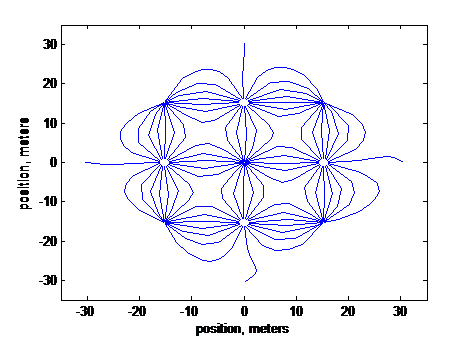Modeling of Copper in situ Leaching
Researcher: Laura Sinclair
Principal Investigator: Professor Jefferson Tester, John Thompson
Summary: In situ leaching is the circulation of a fluid through an ore deposit to dissolve a target mineral, with subsequent return of the liquor to the surface for processing. This technique is used extensively for uranium and has also been used for potash, salt, sulfur, and rare earths. In situ leaching has the benefit of low capital and operating costs, low energy requirements, and minimal waste. However, due to limited contact with minerals in subsurface flow paths, recoveries are lower than established processing methods. It is also not suitable for all deposits; the formation must be sufficiently permeable to allow for fluid flow, the target minerals must be soluble, and the geological and wellfield conditions must confine the leach solution to the target formation.
Copper in situ leaching has only been applied to recover supplemental copper from underground workings and open pits, often using explosives to increase permeability. Recently, several companies have expressed interest in applying copper in situ leaching to porphyry copper formations without prior ground alteration. My research involves examining one particular case study using a combination of laboratory test work, field piloting, and hydrologic modeling. The central goal of my research is to use this case study to further quantitative understanding of the rate-controlling steps of leaching from porphyry copper systems.

Hydrologic modeling showing streamlines from injection to recovery wells
